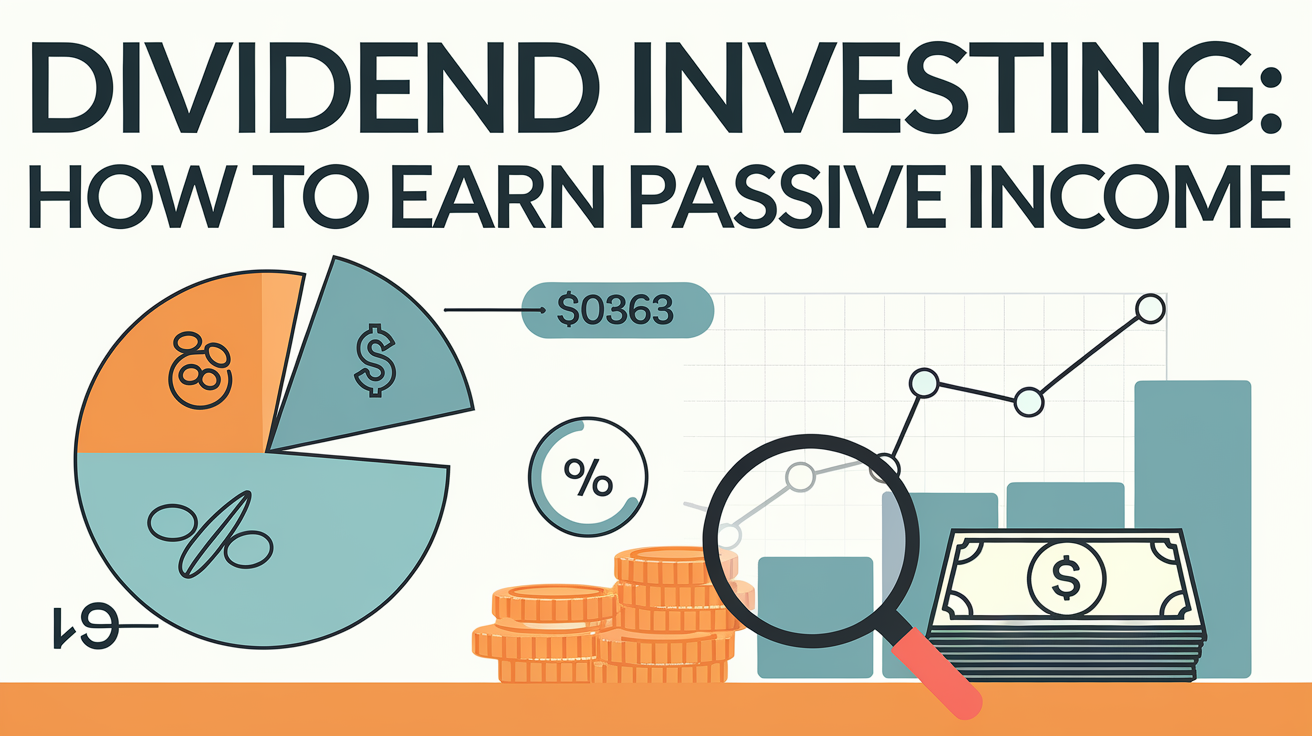
Introduction
Dividend investing is a popular strategy for generating passive income. By investing in dividend-paying stocks, you can create a steady stream of income with minimal effort. This guide will explore the fundamentals of dividend investing, how to start, and strategies to maximize your returns.
What is Dividend Investing?
Dividend investing involves purchasing shares of companies that distribute a portion of their earnings to shareholders in the form of dividends. These dividends are typically paid quarterly but can also be distributed monthly, semi-annually, or annually. The income you receive is in addition to any gains from selling the stock at a higher price.
Benefits of Dividend Investing
- Steady Income: Dividends provide a reliable source of income, which can be especially valuable during market downturns.
- Compounding Growth: Reinvesting dividends can accelerate your wealth-building through compound interest.
- Lower Volatility: Dividend-paying stocks often have lower volatility compared to non-dividend stocks, offering more stability in your portfolio.
- Inflation Hedge: Companies that consistently pay dividends are often well-established and can provide a hedge against inflation.
How to Get Started with Dividend Investing
- Educate Yourself: Understand the basics of dividend investing and how dividends work. Research different types of dividend-paying stocks and funds.
- Determine Your Investment Goals: Decide what you want to achieve with your dividend investments. Are you looking for steady income, growth, or a combination of both?
- Choose Your Investment Vehicles: You can invest in individual dividend-paying stocks or dividend-focused mutual funds and exchange-traded funds (ETFs). Individual stocks offer potential for higher returns, but funds provide diversification.
- Research and Select Stocks: Look for companies with a strong history of paying and increasing dividends. Evaluate their dividend yield, payout ratio, and financial health.
- Build a Diversified Portfolio: Diversify your investments across different sectors and industries to reduce risk. A well-balanced portfolio can help protect against market fluctuations.
- Monitor and Adjust: Regularly review your investments and adjust your portfolio as needed to ensure it aligns with your financial goals.
Key Metrics to Consider
- Dividend Yield: The annual dividend payment divided by the stock price. A higher yield means a better return on your investment, but be cautious of excessively high yields, which can indicate risk.
- Payout Ratio: The percentage of earnings paid out as dividends. A lower payout ratio suggests that the company retains more earnings for growth and sustainability.
- Dividend Growth Rate: The annualized percentage increase in dividends paid over time. Companies with a history of increasing dividends are often more reliable.
Strategies for Maximizing Returns
- Reinvest Dividends: Use dividend reinvestment plans (DRIPs) to automatically purchase additional shares with your dividends. This can enhance your compounding growth.
- Focus on Dividend Aristocrats: These are companies with a long history of increasing dividends annually. They are often more stable and reliable.
- Balance Yield with Growth: While high yields are attractive, consider the company’s growth potential and financial stability to ensure long-term success.
- Avoid Chasing High Yields: Extremely high dividend yields can be a red flag. Always investigate the company’s fundamentals before investing.
Conclusion
Dividend investing is a powerful tool for generating passive income and building long-term wealth. By carefully selecting dividend-paying stocks or funds, and by implementing strategies to maximize your returns, you can create a reliable income stream that supports your financial goals. Remember to stay informed, diversify your investments, and regularly review your portfolio to adapt to changing market conditions.


